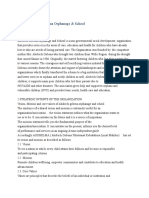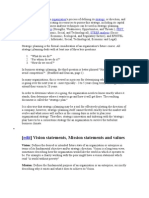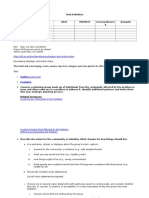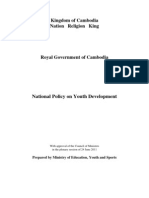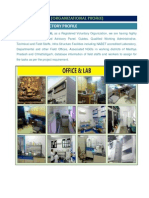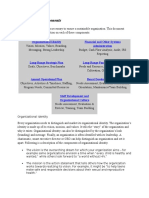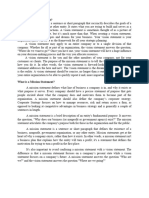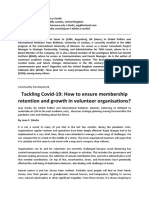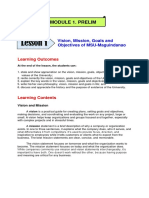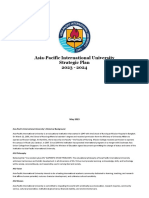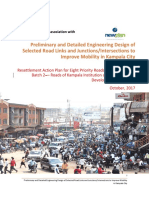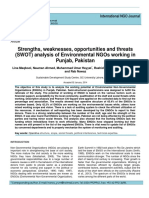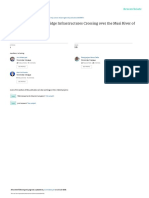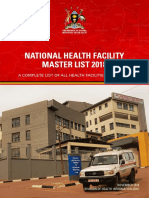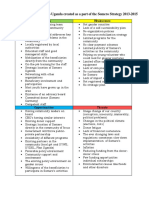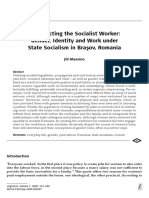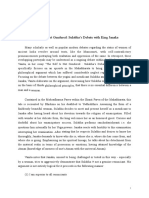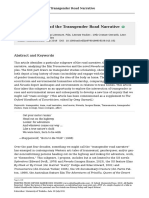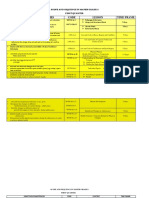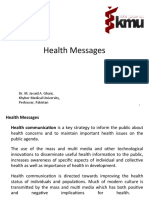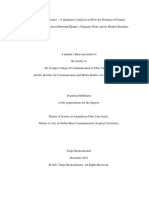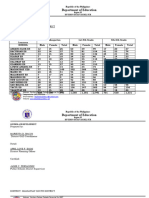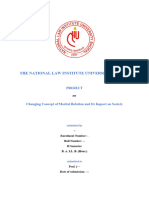0% found this document useful (0 votes)
73 views14 pagesAphivat Strey (A.S) : Strategic Plan
The document provides a strategic plan for Aphivat Strey (AS), a Cambodian NGO, for 2011-2013. It outlines AS's vision to improve living standards for the poor in Cambodia and empower women. The plan identifies three strategic goals: improving livelihoods, empowering people, and building organizational and community capacity. It also describes AS's programs in areas such as self-help groups, livelihoods, empowerment, and HIV/AIDS integration.
Uploaded by
Sakali AliCopyright
© © All Rights Reserved
We take content rights seriously. If you suspect this is your content, claim it here.
Available Formats
Download as PDF, TXT or read online on Scribd
0% found this document useful (0 votes)
73 views14 pagesAphivat Strey (A.S) : Strategic Plan
The document provides a strategic plan for Aphivat Strey (AS), a Cambodian NGO, for 2011-2013. It outlines AS's vision to improve living standards for the poor in Cambodia and empower women. The plan identifies three strategic goals: improving livelihoods, empowering people, and building organizational and community capacity. It also describes AS's programs in areas such as self-help groups, livelihoods, empowerment, and HIV/AIDS integration.
Uploaded by
Sakali AliCopyright
© © All Rights Reserved
We take content rights seriously. If you suspect this is your content, claim it here.
Available Formats
Download as PDF, TXT or read online on Scribd
/ 14
